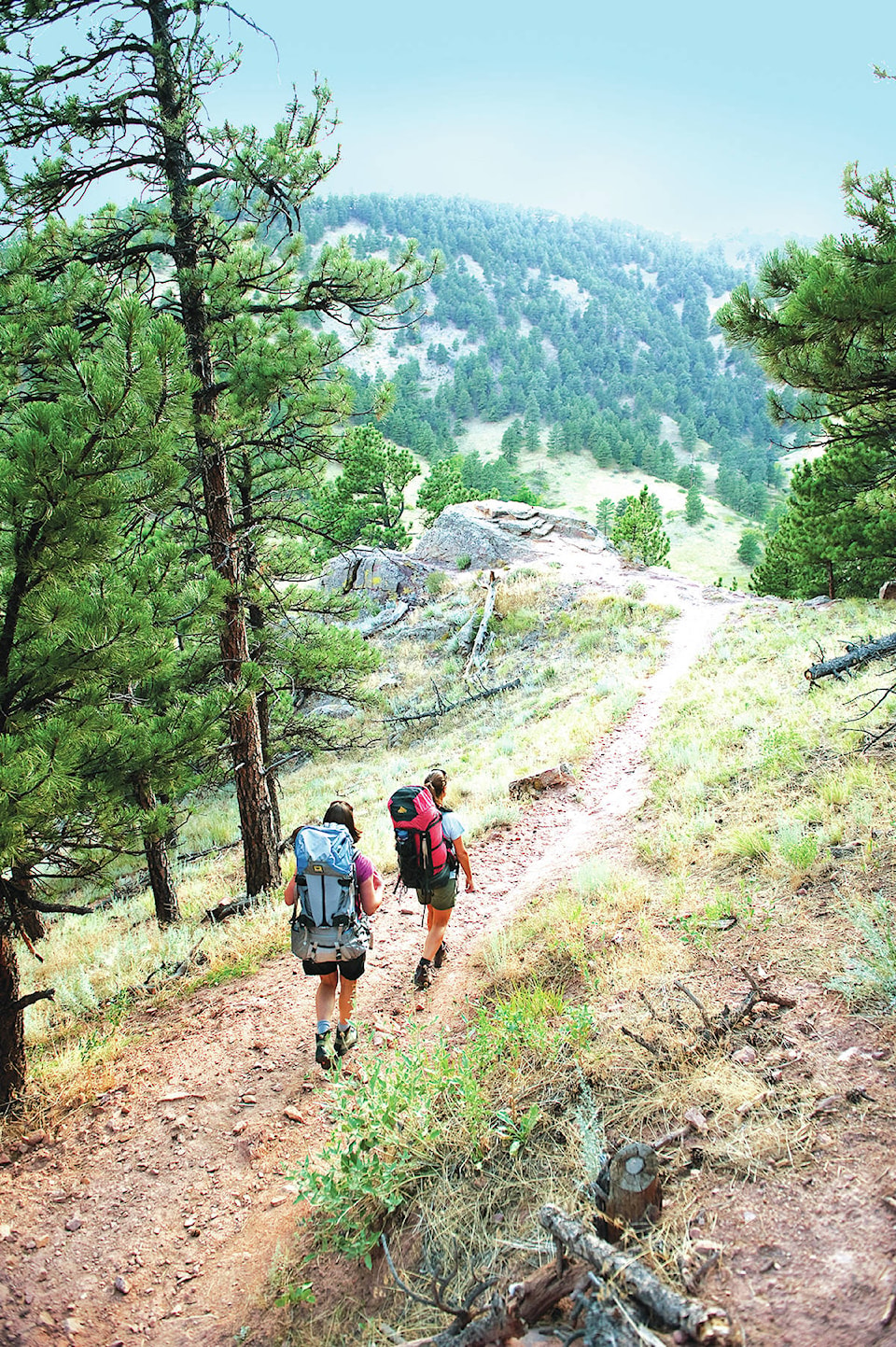Warmer weather and longer days likely means that you are heading outdoors to hike, bike, fish, and explore the back country. Did you know recreational activities can be inadvertent vectors of invasive plant spread? If you are planning on hopping in your boat, on your bike, horse, motorized vehicle, or are merely going for a hike, please follow these simple actions to prevent invasive plant spread in our beautiful outdoor areas:
COME CLEAN by removing plants and mud from your footwear, gear and pets before exploring. It is important to prevent the spread of invasive species from your property to natural areas. This is particularly true if you have a garden at home or invasive plant infested pasture; seeds may be lodged in your boots or your pet’s fur. To remove plant burrs from pet fur, apply a little bit of coconut oil to the burr, pinch the burr until it breaks up, and then comb it out.
STAY on designated trails to reduce the chance of picking up seeds and mud that carry invasive plants. Staying on trails also helps keep our native plant communities and ecosystems healthy and strong, enabling them to resist invasive plants. When you go off trail, the resulting ground disturbance provides prime habitat for invasive plants, who are likely to establish, and out-compete our native plants.
DON’T PICK wildflowers. Picking wildflowers can result in two outcomes: 1. the spread of invasive species, and/or 2. the weakening of native plant communities’ seed source. The best adventures are ones that leave only footprints. If you spot an eye-catching plant, take a photo.
BRING IN CLEAN RESOURCES such as weed free hay for your horses and locally sourced firewood for your camp. All firewood should be sourced from no further than 20 km to prevent the spread of invasive insects, such as emerald ash borer. This forest pest can naturally disperse about 10 km per year; but, with the help of humans it can travel 90 km per hour!
LEAVE CLEAN - remove plant and muds from your footwear, gear and pets after exploring. If you are on the water, practice Clean-Drain-Dry (https://stopaquatichitchhikers.org) to prevent the spread of aquatic invasive species. Be sure to dispose of unwanted bait in the garbage.
Dr. Catherine Tarasoff, PhD. P.Ag. is the Education and Outreach Coordinator for the Thompson Nicola Invasive Plant Management Committee (on Facebook @TNIPMC). This season, articles are dedicated to Stopping Invasive Species in Your Tracks! Tools and tips for preventing invasive species while enjoying the outdoors. Look for more resources at www.tnipmc.com
___________________
Like us on Facebook
